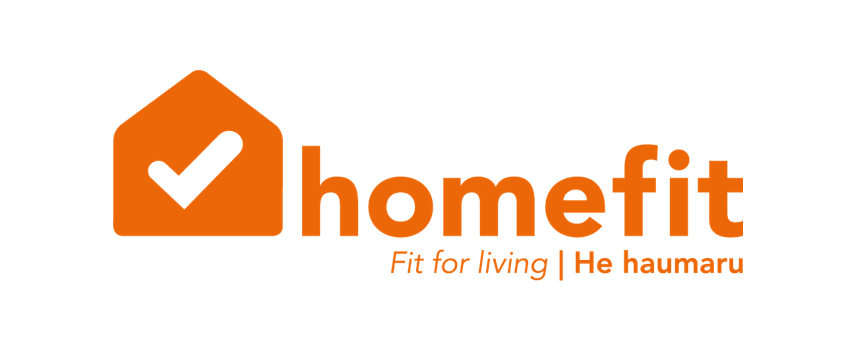Jackie Thomas-Teague and her husband Alister Christie were keen to ensure their rental properties in Wellington, Lower Hutt, Porirua and Levin, some of which are more than 50 years old, are not just up to standard but exceed them. So she called on Healthy Homes assessor Clint Radersma.
“I was delighted that the assessments he was doing included HomeFit PLUS, far more than just the mandatory requirements for Residential Tenancies,” Jackie said.
“We knew our 1960s properties would need some work to become compliant, so we treated the initial assessment as creating a ‘best practice to-do list’ for us, rather than meeting just the minimum requirements.”
HomeFit is an inspection-based assessment of the health, comfort, energy efficiency and safety of New Zealand homes and provides an independent check as to whether the house meets the Healthy Homes Standards. The higher HomeFit PLUS requires homes to have more insulation, more energy efficient lights, heating and hot water.
"She's a very proactive landlord," Clint said.
"She wants to get the information in order to make the best decision for the long-term performance of the properties both in terms of rental return but also tenant satisfaction. "
Shortly after assessing her 10 properties, one was vacated by a tenant, providing an opportunity to work through the list of improvements needed to meet the Healthy Homes Standards and create a warmer, more comfortable home.
“It’s a way to say ‘thanks’ to our many long-term tenants, encourage new ones to stay long term too, protect the value of our asset, and have a competitive advantage when advertising for new tenants," Jackie said.
“That it helps reduce energy consumption and improves social markers like health is good for our collective wellbeing. It fits in with our values for the environment and our community. Yes, the nudge to finally do it was a law change but going over-and-above the minimum is our choice, and one we see as a sound financial strategy.”
A no-brainer was insulating the walls, with indoor temperatures kept warmer and more consistent thanks to fibre insulation pumped into the walls.
“As long-term landlords, we’ve replaced many curtains over the years. While the wall insulation was one of the pricier parts of the upgrade, and one we couldn’t DIY, it is a good investment as it lasts a lot longer and is unlikely to be damaged by carelessness. Doing this and topping up the ceiling insulation increases the life of decorative elements like paint and drapes, reducing our maintenance costs as mould is minimised when interior average temperature is warmer.
An exterior wall after wall insulation installation by Insulmax. At this house the interior decor was in good condition, but the exterior was due for repainting so holes were drilled from the exterior, providing less disruption to tenants.
With the property returned to market boasting not just Healthy Homes compliance but the higher HomeFit certification, the place was soon snapped up at a higher rent.
“There is a thirst in the market for comfortable, environmentally friendly homes, and we had our pick of great tenants.”
She is now working through her other occupied properties to make tenants far more comfortable than the average home.
“Most of the changes are really easy and can be DIY or done with the help of a handyperson, plumber, electrician, or an insulation installer without too much disruption for the tenants. We expect to get most to the HomeFit Plus level in time for winter.”
To find out more about HomeFit or to find an assessor, visit homefit.org.nz
